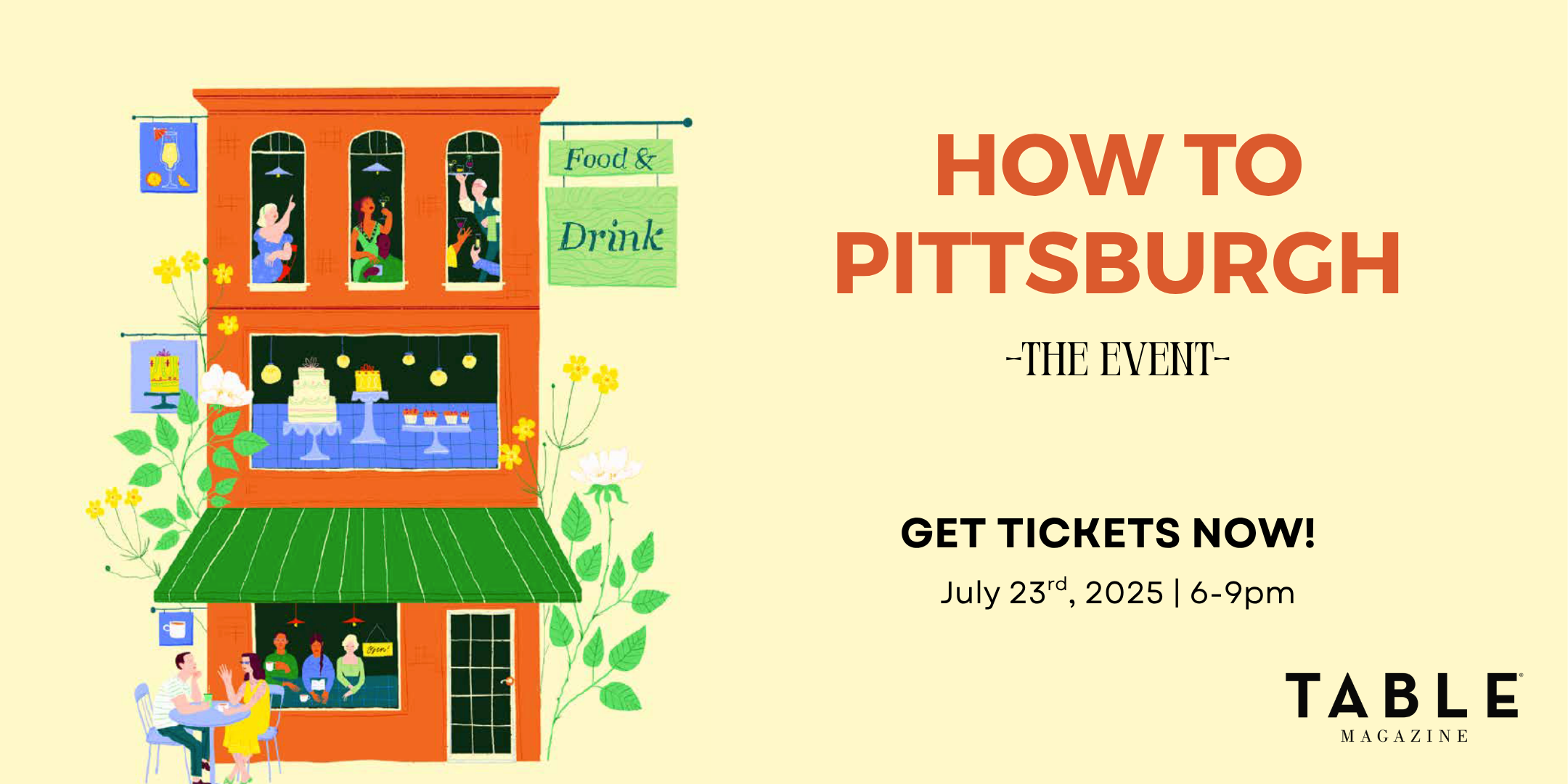Raymund Ryan, Curator-at-Large of Carnegie Museum of Art’s Heinz Architectural Center, shares a list of must-see Downtown Pittsburgh architecture. With a leisurely walk, you can visit them at your own pace and appreciate the aesthetics and accomplishments of several important stages of Pittsburgh history.
Union Station, also known as Pennsylvania Station
Architect: Daniel Burnham, 1904
The Golden Age of rail travel saw train passengers arrive in Pittsburgh via the halls and splendid porte cochère designed by Chicagoan Daniel Burnham who famously advised: “Make no little plans. They have no magic to stir men’s blood.” Now readapted into apartments and renamed The Pennsylvanian.
US Steel Tower
Architects: Harrison & Abramovitz, 1971
The tallest building in Pittsburgh, triangular in plan and pinched at its corners. An essay in steel by the New York practice Harrison & Abramovitz. Notice the COR-TEN self-oxidizing steel, similar to that used later by Richard Serra for his sculpture Carnegie at Carnegie Museum of Art.
Alcoa Building
Architects: Harrison & Abramovitz, 1952
An essay in aluminum and a beacon of Pittsburgh’s mid-century revival, the former Alcoa headquarters features aluminum in inventive ways, from the outer panelized skin to interior surfaces and fixtures. The porthole-like windows pivot open and can thus be cleaned from inside.
Union Trust Building
Architect: Frederick Osterling, 1917
Pittsburgh’s Frederick Osterling designed the richly encrusted mansard roof of this commercial block to rise to twin “chapels” reminiscent of medieval Europe yet housing mechanical services. The interior offers an elegant public arcade culminating beneath a spectacular stained-glass dome.
Allegheny County Courthouse
Architect: H.H. (Henry Hobson) Richardson, 1888
A tour-de-force from H. H. Richardson, one of America’s greatest architects. Spacious courtrooms, benefiting from natural light and air, surround a courtyard marked by ventilation towers. The former jail across Ross Street is connected by a defensive bridge evocative of Venice’s Bridge of Sighs.
PPG Place
Architects: Philip Johnson & Burgee, 1984
Like those for aluminum and steel, this headquarters for a key Pittsburgh industry is an essay in the use of a single material, in this case glass. Philip Johnson, at the height of his Postmodern fame, emphasized the project’s classical urban plan as well as its twinkly skyline silhouette.
IBM Building (now United Steelworkers)
Architects: Curtis & Davis, 1963
An iconic mid-century office building by New Orleans architects Curtis & Davis, the outer structure is exposed as a geometric cloak descending to rest at two points along each façade. IBM is immortalized in the punctuation of ventilation grilles inspired by early computer punch cards.
Century Building & Bike Center
Architects: Koning Eizenberg, 1907/2012
A vital instance of both adaptive re-use and mixed-income housing, two topics of critical concern for Pittsburgh today. Skillful with color and modest materials, Koning Eizenberg Architecture are also designers for the Children’s Museum and MuseumLab on Pittsburgh’s North Side.
Gateway Center ‘T’ Station, 2012
Architects: Pfaffmann + Associates and EDGE Studio (now GBBN)
Two Pittsburgh practices collaborated on this stylish work of civic infrastructure. A folded glass canopy offers views out while admitting light deep into an interior that is also home to Romare Bearden’s 1984 mural, Pittsburgh Recollections.
David L. Lawrence Convention Center, 2003
Architect: Rafael Viñoly
The Uruguayan-born modernist, Rafael Viñoly, is known for his bravura architectural statements. Riffing on Pittsburgh’s bridges and promoting sustainability, the great roofs span column-free and naturally lit exhibition space. Viñoly also envisaged a complementary cylindrical tower to the rear.
Story by Raymund Ryan, Curator-at-Large, Heinz Architectural Center, Carnegie Museum of Art / Photography Courtesy of Carnegie Museum of Art
 Subscribe to TABLE Magazine‘s print edition.
Subscribe to TABLE Magazine‘s print edition.

